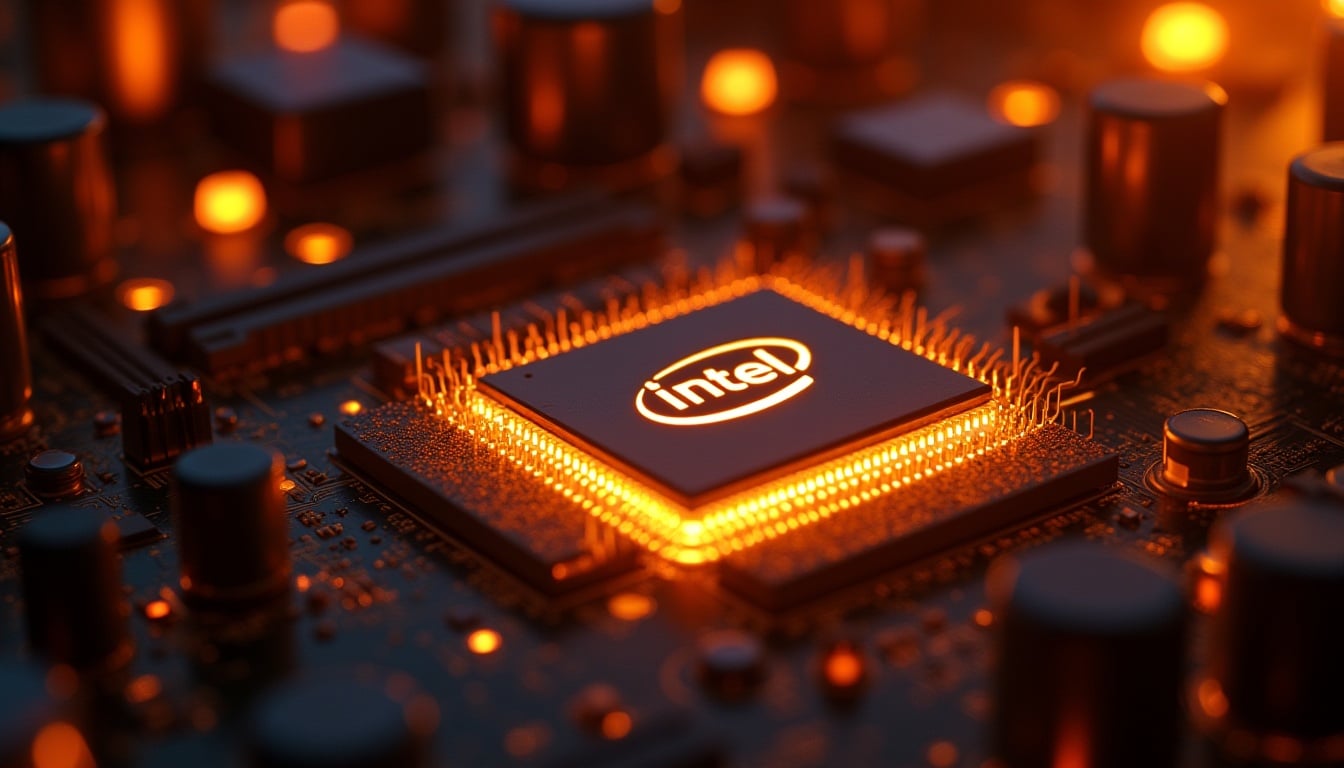Three corporate vice presidents leave Intel Foundry, including veteran Gary Patton, as the company cuts 15% of its global workforce and reevaluates its advanced manufacturing strategy.
Intel is facing another internal shakeup. According to an internal message confirmed by the company and obtained by Reuters, three senior executives from Intel Foundry, its third-party chip manufacturing arm, will be departing in the coming weeks. The most notable departure is Gary Patton, a corporate vice president and general manager of the Design Technology Platform, a well-known industry figure with a background at IBM and GlobalFoundries.
Joining Patton are Kaizad Mistry and Ryan Russell, also corporate vice presidents within the Technology Development Group, responsible for key areas in process node advancement. These exits come amid a broader restructuring initiated by Intel early 2025.
A strategic loss at the heart of innovation
Gary Patton, who joined Intel in 2021 after over two decades at IBM and five years at GlobalFoundries, took on leadership of design enablement engineering within Intel Foundry in 2024. His role was critical: ensuring that process design kits (PDKs), IP libraries, and validation tools with EDA software were fully compatible with Intel’s manufacturing nodes, enabling customers to design efficient chips with high performance and yield.
His departure, along with Mistry and Russell, temporarily weakens the technical leadership of a division vital to Intel’s ambitious goal of competing directly with TSMC and Samsung in the global foundry market.
A leadership transition in technology development
As part of this transition, Dr. Ann Kelleher, an executive vice president overseeing manufacturing process development since 2020, will also retire at the end of this year after more than 30 years with the company. However, Kelleher will continue as a strategic advisor on manufacturing capacity in the US and Europe.
Her responsibilities will be split between two new leaders: Naga Chandrasekaran, who will oversee the development and manufacturing of front-end processes as head of Technology and Operations at Intel Foundry; and Navid Shahriari, who will manage back-end operations, including assembly, testing, and advanced packaging.
Chandrasekaran, a former Micron executive, has led Intel’s manufacturing and supply chain organization since mid-2024, integrating process R&D with large-scale production to improve consistency and ramp times. Shahriari will focus on cutting-edge packaging strategies and chiplet integration—both essential for the future modular design of processors.
Between manufacturing uncertainty and mass layoffs
These departures occur at a critical moment for Intel, which has decided to halt its expansion projects in Europe—planned facilities in Germany and Poland—and slow its growth in the US. The company is also reevaluating the development of the 14A node, a key part of its “5 nodes in 4 years (5N4Y)” roadmap; its future hinges on securing at least one large external customer.
Financial pressures have also pushed Intel to launch an aggressive cost-cutting plan, aiming to cut 15% of its global workforce in 2025. This means about 30,000 employees will be laid off, leaving the multinational with around 75,000 workers by year-end. The cuts will also affect factory staff, with an expected impact on more than 10,000 positions.
A transition with global implications
Intel Foundry is among the company’s boldest bets in its strategy to re-establish semiconductor manufacturing in the West. Under Pat Gelsinger’s leadership, the company aims to position itself as a global third-party supplier in a market dominated by Asia, leveraging US and EU incentives to rebalance the supply chain.
However, these high-level departures and operational adjustments raise questions about the pace and feasibility of the plan. The future of advanced nodes like 18A and 14A, Intel’s ability to remain competitive against TSMC, and attracting key customers will be critical in the coming months.
Conclusion
The departure of key figures like Gary Patton marks a turning point for Intel Foundry. The company faces the challenge of maintaining its ambitious technological roadmap while managing a leadership transition and extensive internal restructuring. Industry watchers will be keenly observing whether Intel can solidify its commitment to advanced manufacturing and regain its lost leadership in semiconductors.

